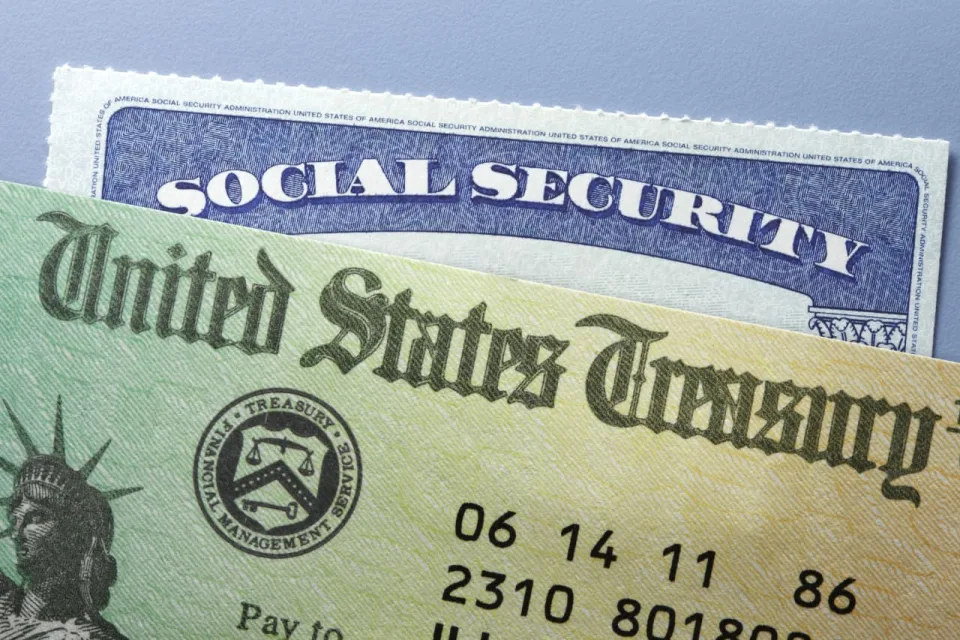
The cost-of-living adjustment for 2025’s Social Security recipients could be as low as 1.4%, down from 3.2% this year — making it the lowest level since 2020 , according to an analysis by the Senior Citizens League.
December’s inflation reading for the CPI-W — the consumer-price index for urban wage earners and clerical workers — indicated that inflation was 3.3%, which is slightly higher than Social Security’s 3.2% COLA for 2024.
“That’s not necessarily good news if prices for housing, hospital care, auto insurance and other costs remain at today’s elevated levels,” said Mary Johnson, Social Security and Medicare policy analyst for the Senior Citizens League.
COLA is calculated based on the CPI-W, which more heavily weighs costs for transportation, food, apparel and other expenses that would be bought by urban non-retirees.
The estimate for 2025’s COLA could change as the year progresses. The official announcement for next year’s COLA is not expected until October.
The average COLA over the last 20 years has been about 2.6%, according to the Senior Citizens League. COLA is a benefit adjustment that reflects inflation — it’s not a raise — but it still can help the roughly 67 million Social Security beneficiaries.
Half of the U.S. population aged 65 and older live in households that receive at least 50% of their income from Social Security benefits, according to the Social Security Administration. About 25% of older households rely on Social Security for at least 90% of their income.
The slim COLA forecast for 2025 could be eroded by rising Medicare Part B premiums, Johnson warned.
Premiums for Medicare Part B — which covers physicians’ services, outpatient hospital services, certain home-health services, durable medical equipment, and other medical and health services not covered by Medicare Part A — are automatically deducted from a retiree’s Social Security check. Medicare Part B is $174.70 a month for 2024, a 5.9% increase from $164.90 in 2023.
Johnson also cautioned that the 2023 COLA of 8.7% could affect Social Security recipients’ taxes going into this year’s tax season.
“We expect the higher Social Security income will not only cause more Social Security recipients to pay taxes on their benefits this tax season, but taxes are taking a bigger portion of Social Security checks in 2024,” Johnson said.
The increased number of recipients hit by taxes is due to the program’s fixed-income thresholds, Johnson said. Unlike federal income-tax brackets, the income thresholds that subject Social Security benefits to taxation have not been adjusted for inflation since the tax became effective in 1984, she said.
The trust fund that backs Social Security will be insolvent by 2033 — which means that if nothing is done to bolster it, benefits for current and future recipients will be slashed by 23%.
























